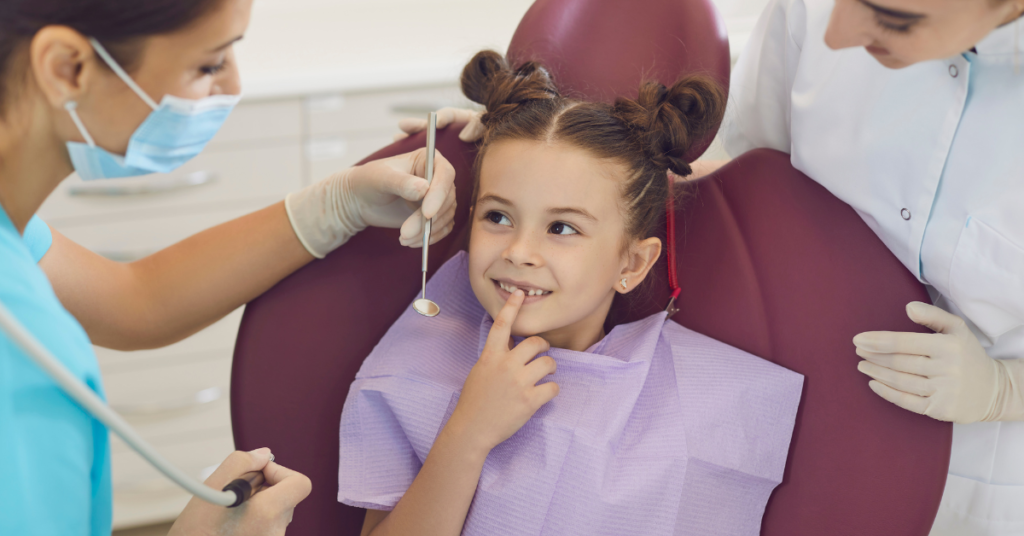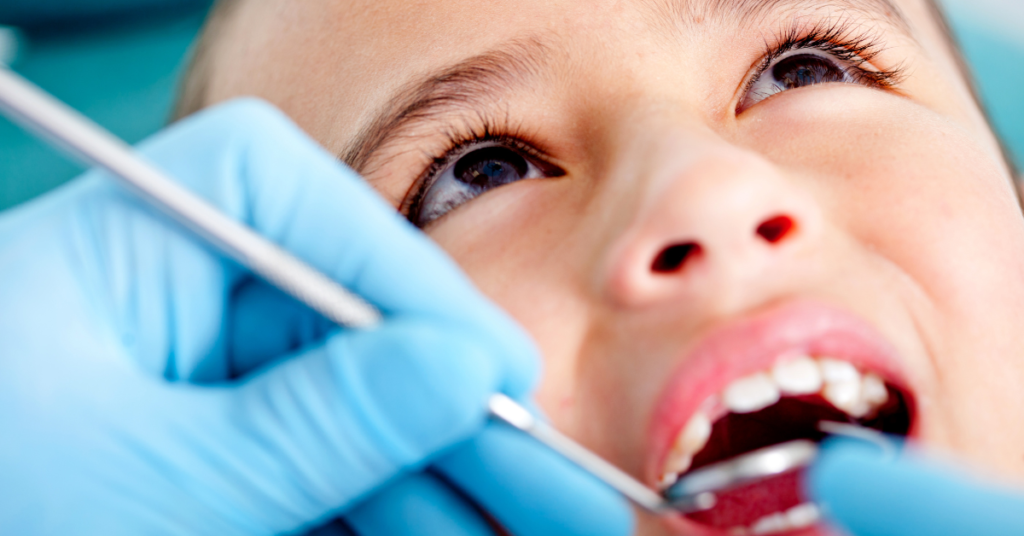
Caring for children’s teeth is essential right from the start to promote lifelong dental and overall health. From massaging tender gums during teething to braces that correct bite issues, each stage of childhood dental development requires attentive care. Establishing excellent oral hygiene early on equips children with habits that maintain good health and a beautiful smile for years to come.
Introduction
Oral health is a vital component of a child’s total well-being. Baby teeth facilitate speech development, chewing, and keeping space for permanent teeth. Decay in primary teeth can damage underlying permanent tooth buds and lead to complications like crooked or crowded teeth if left untreated. Starting infants off with proper oral care and maintaining diligent hygiene practices as children grow allows their teeth to develop properly and remain free of disease.
Teething and Early Dental Care

Teething occurs between 6 and 12 months when an infant’s first set of teeth breaks through the gums. These primary teeth help them chew food and speak initial words. Before teeth erupt, lightly massaging gums with a clean finger or moist washcloth provides relief from discomfort. Once teeth appear, brushing with a soft infant toothbrush should begin. Use a tiny grain of rice-sized fluoride toothpaste and clean all surfaces of each tooth.
The American Dental Association recommends a child’s first dentist visit occur within six months of their first tooth erupting or by their first birthday. The dentist examines teeth for initial signs of decay and assesses the mouth’s growth and development. They can also offer parents tips for proper brushing, preventing injuries, and addressing habits like pacifier use or thumb sucking.
Importance of Baby Teeth
Primary teeth play a crucial role in a child’s development and impact their oral health for life. Proper chewing of nutritious foods like fruits and vegetables promotes childhood growth. Teeth facilitate speech as children learn to pronounce words. Baby teeth also hold space for permanent teeth developing underneath them.
Premature tooth loss can reduce space leading to crooked or crowded teeth when adult teeth erupt. It may also alter the timing of permanent tooth emergence. Therefore, treating cavities in baby teeth prevents damage to developing second teeth and retains the teeth for their space-holding duties.
Dental Care Practices for Children

A balanced diet, proper brushing, flossing, and regular dental visits are key to good oral health for children. Sugary or acidic foods and drinks increase decay risk, so water should be the primary beverage. Brushing twice daily with fluoride toothpaste removes plaque that causes cavities. Flossing once a day clears debris between teeth. Seeing a pediatric dentist every 6 months allows them to apply preventive sealants and fluoride varnish to vulnerable tooth surfaces.
Parents serve as role models and teachers for children’s oral hygiene habits. Assisting with brushing and flossing until kids develop sufficient dexterity ensures effectiveness. Making dental care fun with music, apps, or toothbrushes with characters motivates children to participate. Establishing a set routine where brushing and flossing follow daily meals cements it as a lifelong habit.
Orthodontic Care and Braces

Some children may benefit from orthodontic treatment to guide proper tooth positioning and alignment. Common pediatric dental issues like misaligned bite, crowding, or spacing can impede oral function and lead to problems like tooth decay, gum disease, and jaw joint pain if left unaddressed. The two main types of braces used are traditional metal braces and clear ceramic aligners.
The optimal age for braces is during childhood and adolescence while jawbones are still growing and teeth are more responsive to adjustment. Braces use steady pressure to align teeth for an improved bite over 1-3 years. Maintaining diligent hygiene and protecting teeth from damage is critical during treatment. Brushing and flossing take more time and effort with braces but are necessary to avoid permanent white spots or cavities when wires and bands impede cleaning.
Conclusion
From erupting first teeth to orthodontic interventions, children go through remarkable dental development. Starting infants off right with cleaning, a healthy diet, and early dental visits provides the foundation for excellent lifelong oral health. Ongoing assistance from parents ensures kids brush and floss effectively daily. Seeking orthodontic treatment as needed allows teeth to align properly. Instilling excellent dental care habits from the start equips children to cherish and protect their smiles for years to come.
